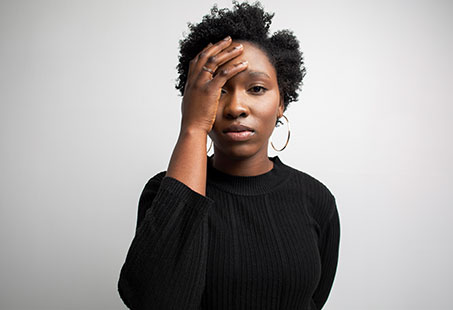Traction alopecia is a type of hair loss caused by repeated and prolonged mechanical stress on the hair follicle. It can lead to the formation of distinct bald patches on the scalp.
It is important to note, however, that the extent of hair loss depends on both the severity and duration of the pulling force – traction.
The thing about traction alopecia is that it appears quite benign, mainly attributed to tight hairstyles and chemical relaxants. But in reality, it can be very destructive as it can result in permanent scarring (cicatricial) alopecia.
Therefore, it’s crucial to know what causes it and what you can do to prevent it.
What Is Traction Alopecia?
In traction alopecia, a constant pulling force is exerted on the hair. It can force the hair out of its roots and even damage the follicle.
In 1907, Austrian dermatologist Trebitsch first described it among Greenlanders, whose traditional hairstyle at the time was a tight ponytail.
It was called “alopecia Groenlandica.” However, the term “traction alopecia” was finally introduced in 1946 for this type of hair loss.
Traction refers to a pulling force, so that’s mainly what causes this type of alopecia. However, several researchers have shown that chemical relaxation exacerbates it.
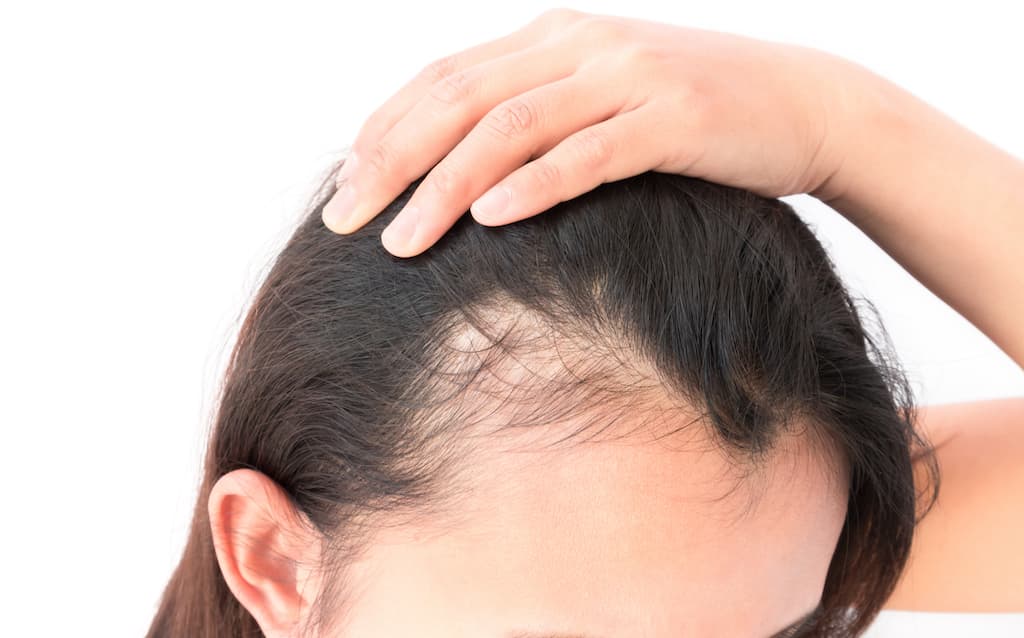
Mainly, it’s visible along the frontal hairline and the temples. But it can affect any other part of the scalp because it depends on the kind of hairstyle you’re wearing. Cornrow braids, for instance, go all the way down to the nape area.
As traction alopecia happens as a result of wearing certain hairstyles and accessories, it can affect anyone, no matter their age. One case report published in Cutis even documents traction alopecia in an 8-month-old.
However, particular hairstyles and accessories can be more popular among certain populations for religious, cultural, or occupational reasons. And that can make traction alopecia more prevalent among them.
For instance, chignon (bun) alopecia has been reported in French peasant women. It’s also been reported among Sikh males who tie their hair in a topknot.
Tight protective hairstyles (braids, twists, locs, knots) commonly worn by African women also commonly cause this.
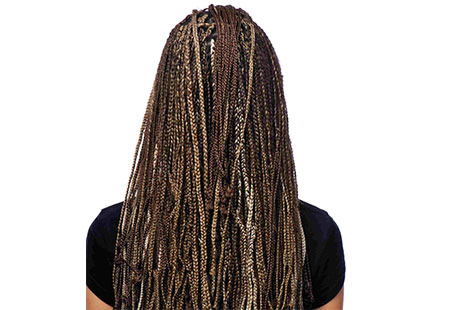
Additionally, it has been reported among ballerinas and even nurses who experience traction from the pins they use to fix their caps.
What Are The Different Types of Traction Alopecia?
There are three types of traction alopecias, which are as follows:
- Marginal Traction Alopecia – Characterised by a bandlike loss of hair (unlike frontal fibrosing alopecia) along the front hairline and temples. Results from hairstyles that pull the hair back.
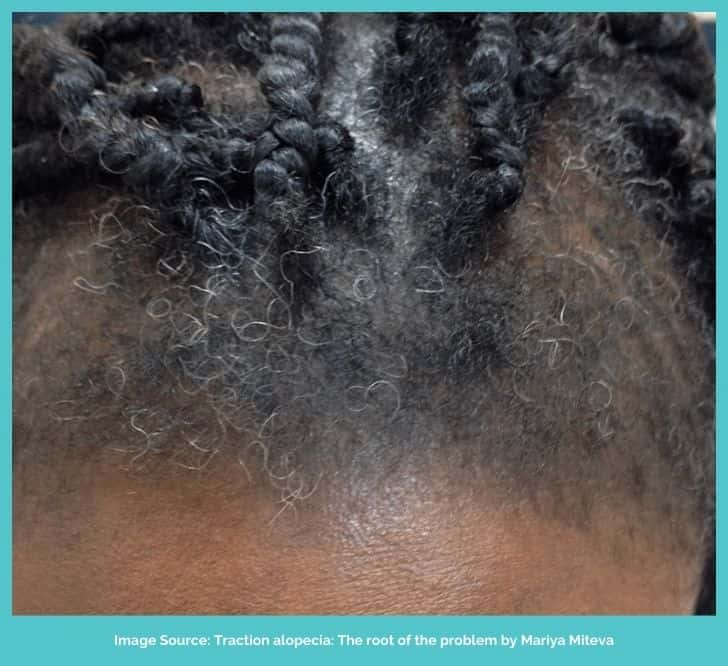
- Non-Marginal Traction Alopecia – Characterised by patchy hair loss (can also have a different pattern) that affects other areas of the scalp besides the hairline. Results from buns and hair accessories like pins, clips, wefts, or extensions. It can even occur from the weight of very long hair.
- Submandibular Traction Alopecia – It refers to traction alopecia in the area below the jaw. It has been reported in Sikh men who tie their beards into a tight knot under the chin.
How Do You Know If You Have Traction Alopecia?
Deformation of hair shafts (trichomalacia) is one of the early signs of tractional alopecia.
Further on, the thick, long and pigmented terminal hairs become fewer while the thin and fine vellus hairs become more and more visible.
Other symptoms of traction alopecia include:
- Folliculitis pustules
- Stinging sensation
- Pain
- Redness
- Headache
- Reduced hair density
- Hair miniaturisation
- Broken hair shafts
- Hair casts (white skin flakes around hair)
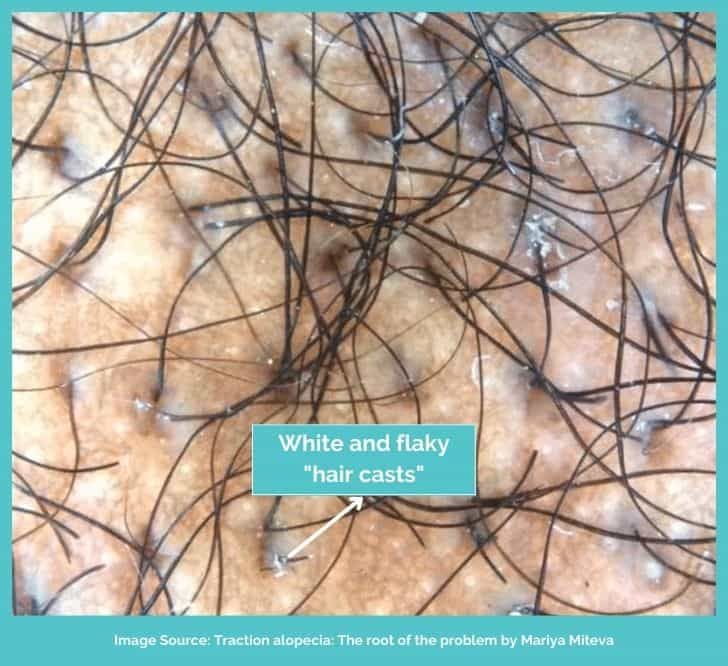
Another common symptom of traction alopecia is the “preserved fringe sign.” It’s when you can see the retained short, fine hair along the hairline.
Since long hair is tied into tight hairstyles, you can usually see short hair around the bald patches left by traction alopecia.
Keep in mind that in its late stage, traction alopecia can also leave scars.
What Causes Traction Alopecia?
Traction alopecia is caused by hairstyles and hair accessories pulling tightly on the hair.
Hairstyles that can result in traction alopecia include:
- Cornrows
- Weaves
- Dreadlocks
- High ponytails
- Braids
- Buns
- Twists
If you wear these hairstyles for a long time, you’re likely to lose your hair permanently, regardless of your gender.
Other than that, a few accessories that can trigger traction alopecia include:
- Hair slides
- Clips
- Pony beads
- Hair extensions
- Wigs
- Headgear (when it’s tight)
Additionally, chemical relaxation can worsen traction alopecia.
A review published in the Clinical, Cosmetic and Investigational Dermatology reported that chemical relaxants disrupt the disulfide bonds in the hair, which weakens the shaft.
And if you feel any burning sensation during the application of the relaxer, it could be a strong indicator of traction alopecia in the future.
The use of heat tools can also make this kind of hair loss worse.
How Common Is Traction Alopecia?
There’s no scientific research on the overall prevalence rate of traction alopecia.
However, in general, it is more common in African children and women (with a higher incidence in the latter due to the gradual weakening of the follicle).
This is mainly due to protective hairstyles and chemical relaxants, which African women often use to manage their hair.
Can Traction Alopecia Be Reversed?
Traction alopecia is reversible in its early stages.
Here, it should be noted that this hair loss is “biphasic.” In the first stage, hair loss is reversible, and there’s no scarring.
But in the second stage, it results in scarring and is permanent (irreversible). Hair is also miniaturised, and the terminal hair count is reduced.
How Long Before Traction Alopecia Is Permanent?
According to the British Association of Dermatologists, if traction alopecia has “only been present for a few weeks or months” and you’re not putting any more mechanical stress on your hair, it can remedy itself.
But, if it’s any longer than that, your traction alopecia is likely to become permanent.
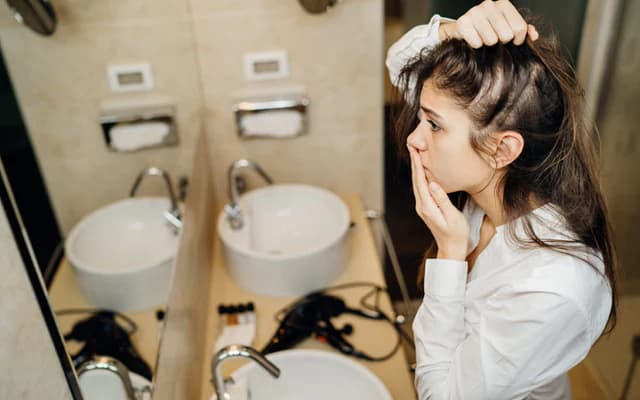
Wearing tight hairstyles once in a while should not be a problem. But if your hair’s already weak, you should avoid any hair-pulling accessories or styles.
How Long Does Traction Alopecia Last?
Traction alopecia will last for as long as you’re putting pressure on your hair follicles. However, once it progresses to the second stage, you will have no hair left.
British Association of Dermatologists says that your hair can start to regrow after 3 months once your growth cycle becomes normal again.
How To Fix Traction Alopecia?
The treatment for traction alopecia depends on how far it has progressed.
If it’s in its early stages, your doctor might prescribe minoxidil to promote regrowth. To help with inflammation and folliculitis, you might also be recommended corticosteroids and antibiotics.
One study published in Dermatologic Therapy also showed the promising effects of α1 -AR agonists in the treatment of traction alopecia.
They essentially contract the small muscles (arrector pili muscles) attached to the hair follicles. As a result, the hair isn’t pulled out as easily.
Other than that, platelet-rich plasma (PRP) injections might also be able to help you because of their healing potential.
But if you have permanently lost your hair, you can permanently restore it with hair transplant surgery.
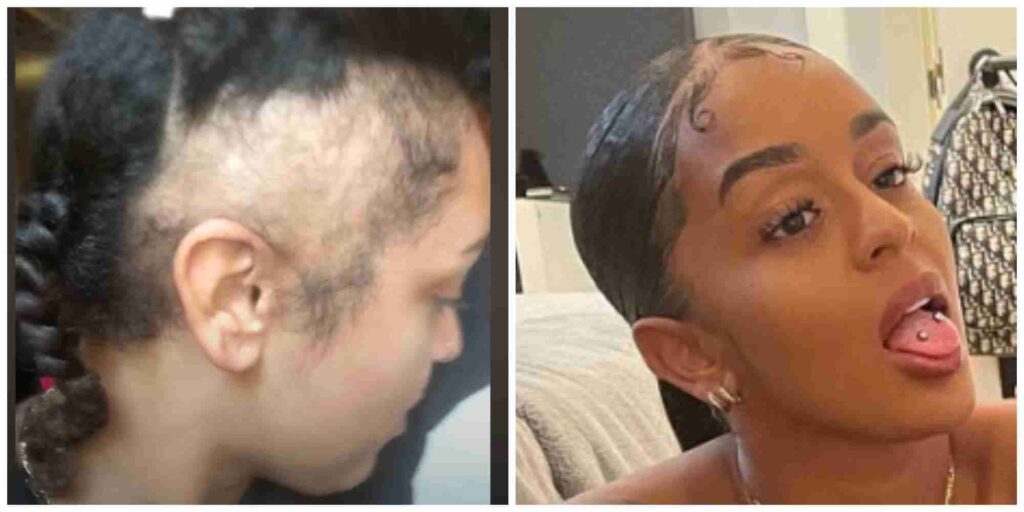
How To Hide Traction Alopecia?
There are different things you can do to hide bald patches from traction alopecia, such as:
- Use hair fibres
- Wear wigs or hairpieces
- Get scalp micropigmentation
- Colour it with makeup
However, before you try any of these, it’s very important to consult a medical professional.
That’s because they might worsen your problem.
For instance, a case report published in the Archives of Dermatology gave the account of a ballerina who was experiencing traction alopecia due to wearing tight buns (for 13 years).
However, to hide the bald patches, she started wearing a 1.5-pound hairpiece (for 2 years). Unfortunately, that ended up worsening her hair loss.
Similarly, hair fibres or even makeup also pose the risk of clogging the pores and traction alopecia already causes folliculitis. So, you need to be careful.
How To Avoid Traction Alopecia?
Prevention is much better than cure when it comes to traction alopecia. And the good news is that you have full control over preventing it.
It’s important to wear your hair loosely. The American Academy of Dermatology advises that you shouldn’t wear braided styles for longer than 2-3 months. It’s a good idea to change your hairstyle after that – opting for something more relaxing.
Additionally, they recommend you avoid wearing weaves and extensions for a long time as they cause the same problem.
And if you want to wear weaves, it’s better to go for the sew-in ones because they’re not as damaging.
By looking at the root of your hair, you can tell when the hair is stressed because it starts to form a tentlike shape from the skin being pulled up. That’s a good sign to loosen up your hair.
And lastly, don’t weaken your hair any further due to chemical relaxants and heat styling tools.
Conclusion
Traction alopecia is a type of non-scarring alopecia that can turn into scarring alopecia when present for a long time. If it’s the former, you can grow your hair back. But in the case of the latter, you should consider surgical options for good results.
Keep in mind that traction alopecia is preventable. Just make sure to wear your hair loosely and don’t let any accessories put too much pressure on it. To avoid further damage, you should stay away from chemical relaxants and heat tools as well.
If you think you’re losing hair due to traction alopecia, consult a board-certified medical professional. They’ll create a suitable treatment plan for you.
Reviewed and Approved by Trichologist Yaprak Yazan
FAQ
Can headphones cause traction alopecia?
To date, traction alopecia due to headphones has not been reported. However, if you feel like your headphones are pulling on your hair, you should consider changing them.
Can wigs cause traction alopecia?
Wigs, weaves and extensions can put pressure on your hair follicles and cause hair loss.
How to treat traction alopecia naturally?
If your traction alopecia is still in its early stages, first, you need to avoid anything that puts pressure on your hair. It’s important to be very gentle with your hair so it can regrow.
Can biotin help with traction alopecia?
There’s no evidence to suggest that biotin helps with traction alopecia. If you have a biotin deficiency, its supplements can help in hair regrowth.
Can you cure traction alopecia?
Traction alopecia can be cured if caught early. You need to eliminate the source of traction. However, if it’s progressed to scarring alopecia, it cannot be cured,
